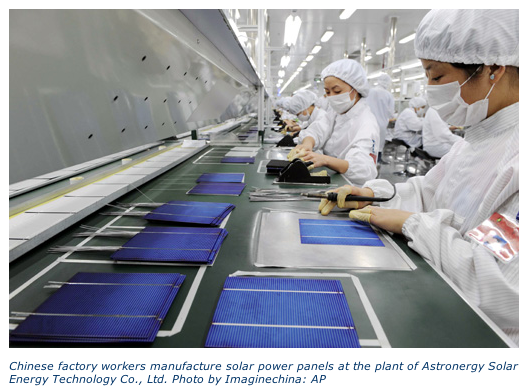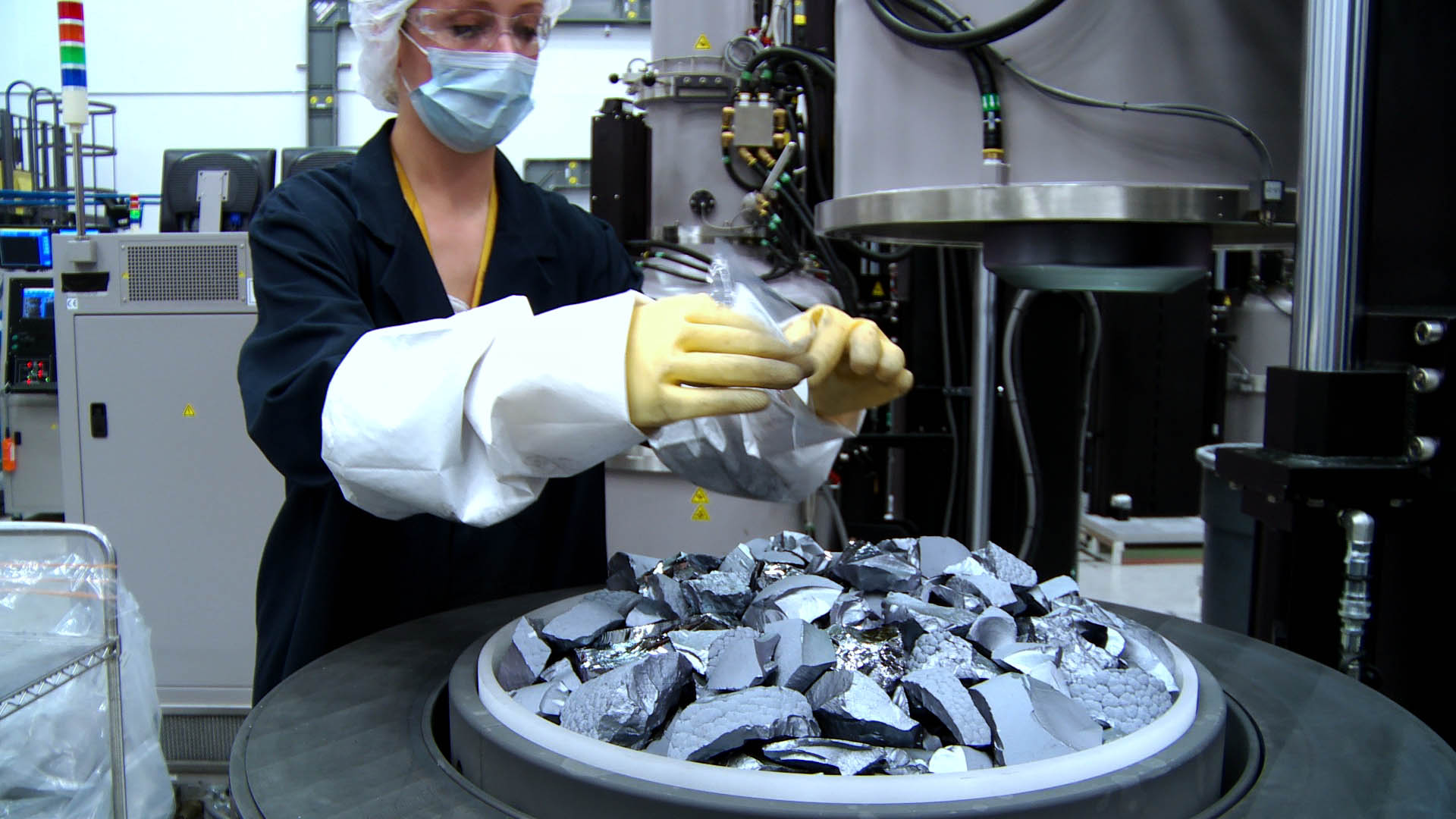Energy Justice and Solar Energy Commodity Chains
Going back to my dissertation research I have been interested in the socio-ecological impacts and governance of emerging technologies asking many questions developed by scholars of political ecology and science and technology studies (STS). In 2007, there was a burgeoning interest in emerging thin film photovoltaics by venture capitalists from San Francisco to Silicon Valley because it was believed the lesser material and energy inputs made them excellent candidates for breakthrough or disruptive clean technologies, a conclusion also supported by research from US national labs at the time. Knowing that a prior era of "clean tech" manufacturing left a legacy of environmental injustice, I began to investigate the emerging worker and community risks from photovoltaic manufacturing by reading the life cycle assessment and environmental health and safety literature. Shortly after finishing my dissertation in 2008 I began a collaboration with the Silicon Valley Toxics Coalition who hired me to write white paper documenting the health, worker safety, and chemical pollution concerns related to photovoltaic manufacturing and end-of-life called A Just and Sustainable Solar Industry, which was released in January 2009. The Robert & Patricia Switzer Foundation supported my work with an Environmental Leadership Fellowship to develop the Solar Scorecard, which is an annual survey of photovoltaic manufacturers that scores companies on social and environmental performance, emissions disclosure, and adherence to industry best practices.
In July 2009, I was awarded a Science, Technology, and Society Postdoctoral Fellowship from the National Science Foundation to study how the tools of life cycle analysis could be integrated with a multi-sited ethnography of global commodity chains to understand the intersection of innovation and environmental justice in the clean tech space. New financial and performance metrics are being deployed to assess the implications of emerging renewable energy technologies. This research looked to unpack and contextualize those metrics about materials and energy in the context of the ecosystems and working conditions that are also needed make solar power. This project investigated how renewable energy metrics were being constructed and codified, and how they were commensurated and being contested by other knowledge, framings, and priorities. How these metrics are used in environmental governance? What are the politics of boundary-making and who gets to include or exclude elements from the metrics in question? Who has the power to set or codify standards? How have environmental metrics gained such prominence? Work products from this NSF grant have been published in the Royal Geographical Society’s Geographical Journal, Science As Culture, Geoforum, and in a UN Human Development Agency Research Report, Pursuing Clean Energy Equitably.




